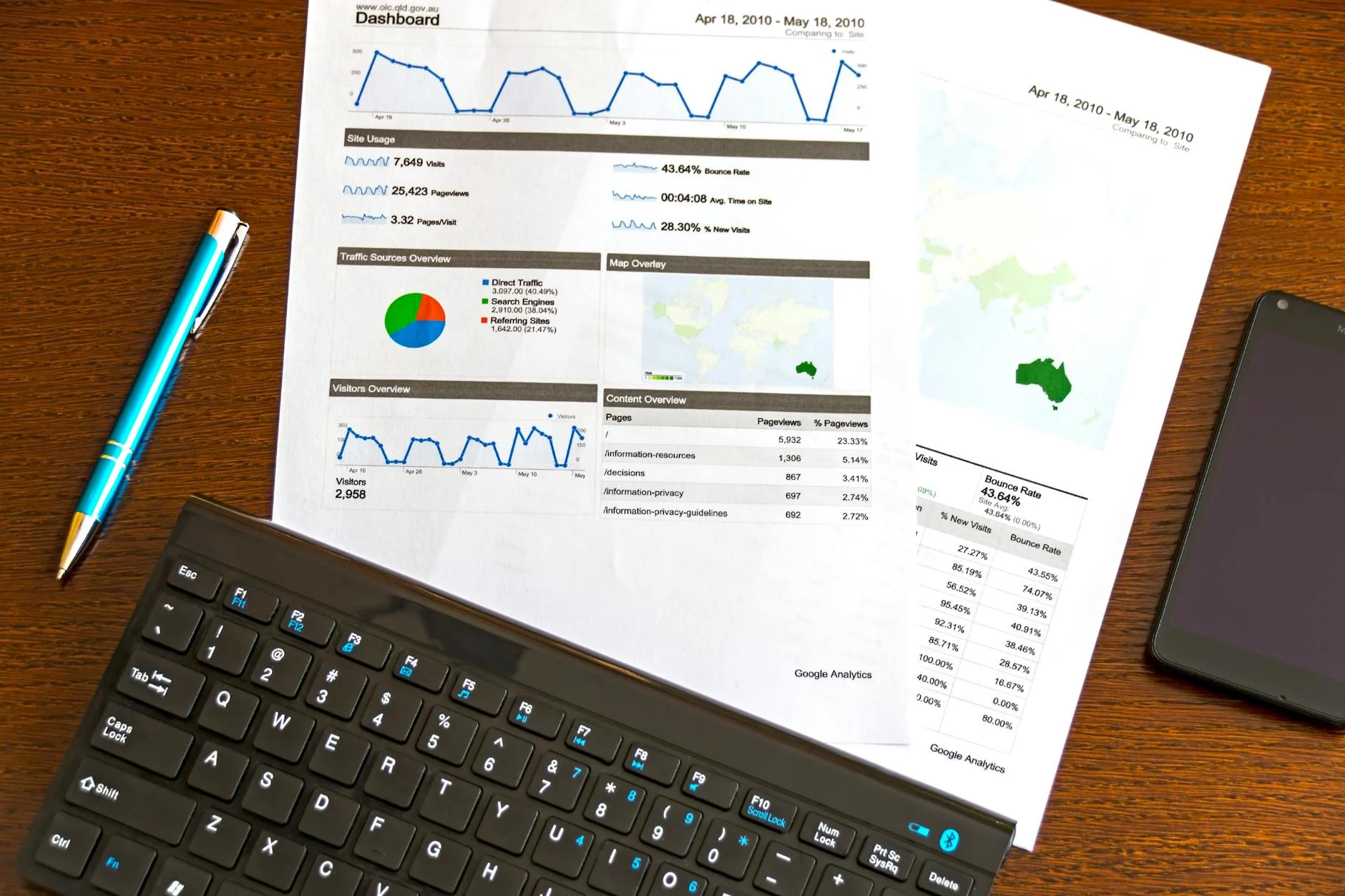Enter Retail Gazette – your compass in the turbulent seas of retail dynamics. This powerhouse of market intelligence offers a treasure trove of insights, helping businesses navigate the complex retail ecosystem with confidence. But how can you harness its full potential to drive your retail success?
In this deep dive, we’ll unravel the mysteries of Retail Gazette and explore how it can transform your understanding of market dynamics. From decoding performance metrics to identifying emerging opportunities, we’ll equip you with the tools to thrive in today’s competitive retail landscape. Ready to revolutionize your approach to retail? Let’s embark on this enlightening journey together! 🚀
Decoding Retail Gazette: Your Ultimate Market Intelligence Source
Key features and benefits of Retail Gazette
Retail Gazette stands out as a premier source of market intelligence, offering a comprehensive suite of features tailored for retail professionals. Its user-friendly interface provides easy access to real-time news, in-depth analysis, and exclusive interviews with industry leaders. One of the key benefits is its curated content, which saves time for busy executives by distilling complex market data into actionable insights.
- Real-time news updates
- In-depth market analysis
- Exclusive industry interviews
- Customizable alerts and notifications
- Mobile-friendly platform for on-the-go access
Leveraging Retail Gazette for competitive analysis
Retail Gazette’s robust tools empower businesses to conduct thorough competitive analyses. By aggregating data from various sources, it offers a holistic view of the retail landscape, enabling companies to benchmark their performance against industry leaders.
| Feature | Benefit |
|---|---|
| Competitor Profiles | Detailed insights into strategies and performance |
| Market Share Analysis | Understand your position in the market |
| Price Monitoring | Track pricing trends across competitors |
| Product Launch Tracking | Stay informed about new entries in the market |
How Retail Gazette tracks industry trends
Retail Gazette employs advanced algorithms and expert curation to identify and analyze emerging trends in the retail sector. Its trend-tracking methodology combines big data analytics with human expertise, ensuring that subscribers receive not just raw data, but contextual insights that can drive strategic decision-making.
- Data collection from multiple sources (social media, sales reports, consumer surveys)
- AI-powered trend identification
- Expert analysis and validation
- Regular trend reports and forecasts
- Interactive visualizations for trend patterns
By utilizing these features, retail professionals can stay ahead of market shifts and make informed decisions.
Unraveling Market Dynamics in the Retail Sector

Now that we’ve explored the fundamentals of Retail Gazette, let’s delve into the complex world of market dynamics in the retail sector. Understanding these dynamics is crucial for businesses to thrive in today’s competitive landscape.
A. Economic indicators affecting retail performance
Economic indicators play a pivotal role in shaping retail performance. Here are some key factors to consider:
- Consumer Confidence Index
- Gross Domestic Product (GDP)
- Inflation rates
- Unemployment figures
These indicators provide valuable insights into consumer spending patterns and overall economic health. For instance, a strong GDP and low unemployment rate typically correlate with increased consumer spending, benefiting the retail sector.
B. Role of technology in shaping retail landscapes
Technology has revolutionized the retail industry, transforming how businesses operate and interact with customers. Some notable technological advancements include:
- E-commerce platforms
- Mobile shopping apps
- Artificial Intelligence for personalized recommendations
- Augmented Reality for virtual try-ons
| Technology | Impact on Retail |
|---|---|
| E-commerce | Expanded market reach |
| AI | Improved customer experience |
| AR | Enhanced product visualization |
| Big Data | Better inventory management |
C. Impact of consumer behavior on retail trends
Consumer behavior significantly influences retail trends. Understanding these behaviors helps retailers adapt their strategies effectively:
- Shift towards sustainable and ethical products
- Demand for personalized shopping experiences
- Preference for omnichannel retail options
- Increased focus on health and wellness products
Retailers who successfully align their offerings with these evolving consumer preferences are more likely to succeed in the competitive market.
D. Supply and demand factors influencing retail markets
Supply and demand dynamics are fundamental to retail market operations. Key factors include:
- Seasonal fluctuations in demand
- Supply chain disruptions
- Pricing strategies
- Product availability and scarcity
Retailers must carefully balance these factors to maintain profitability and meet customer expectations. For example, anticipating seasonal demand can help optimize inventory management and pricing strategies.
Analyzing Retail Performance Metrics
Now that we’ve explored market dynamics in the retail sector, let’s dive into the crucial metrics that retailers use to measure their performance. Understanding these key indicators is essential for any business looking to thrive in the competitive retail landscape.
A. Assessing online vs. offline sales performance
In today’s omnichannel retail environment, comparing online and offline sales performance is vital. Here’s a breakdown of key metrics for both channels:
| Metric | Online | Offline |
|---|---|---|
| Conversion Rate | % of website visitors who make a purchase | % of store visitors who make a purchase |
| Average Order Value | Total revenue / Number of online orders | Total revenue / Number of in-store transactions |
| Customer Acquisition Cost | Marketing spend / Number of new online customers | Marketing spend / Number of new in-store customers |
B. Evaluating customer acquisition costs
Customer acquisition cost (CAC) is a critical metric that helps retailers understand the efficiency of their marketing efforts. To calculate CAC:
- Sum up all marketing and sales expenses
- Divide the total by the number of new customers acquired
- Compare CAC across different channels and campaigns
C. Interpreting inventory turnover rates
Inventory turnover is a key indicator of a retailer’s operational efficiency. A higher turnover rate generally indicates better performance. To calculate:
- Cost of Goods Sold / Average Inventory Value
- Compare rates across product categories and time periods
- Analyze seasonal trends and adjust inventory strategies accordingly
D. Understanding same-store sales growth
Same-store sales growth, also known as comparable store sales, is crucial for assessing a retailer’s organic growth. This metric:
- Compares sales of stores open for at least one year
- Excludes the impact of new store openings or closures
- Provides insights into the effectiveness of marketing, merchandising, and operational strategies
By mastering these performance metrics, retailers can gain valuable insights into their business health and make data-driven decisions to improve their bottom line.
Navigating Retail Challenges and Opportunities

As we delve deeper into the retail landscape, it’s crucial to understand how businesses can navigate the challenges and seize opportunities in this dynamic sector. Let’s explore some key strategies that retailers can employ to stay competitive and thrive.
A. Implementing effective pricing strategies
Pricing plays a pivotal role in retail success. Here are some strategies to consider:
- Dynamic pricing: Adjust prices based on demand, competition, and market conditions
- Bundling: Offer product combinations at attractive price points
- Loyalty programs: Reward repeat customers with exclusive discounts
B. Balancing online and brick-and-mortar presence
In today’s omnichannel retail environment, striking the right balance is essential:
- Integrate online and offline experiences
- Implement click-and-collect services
- Use physical stores as showrooms and distribution centers
| Online Presence | Brick-and-Mortar Presence |
|---|---|
| 24/7 availability | Personal touch |
| Wider reach | Immediate gratification |
| Data-driven insights | Sensory experiences |
C. Adapting to changing consumer preferences
Consumer behavior is constantly evolving. Retailers must:
- Embrace sustainability and ethical practices
- Offer personalized shopping experiences
- Provide seamless mobile shopping options
D. Overcoming supply chain disruptions
Recent global events have highlighted the importance of resilient supply chains:
- Diversify suppliers to reduce risk
- Invest in inventory management technology
- Develop contingency plans for potential disruptions
By addressing these challenges head-on and capitalizing on emerging opportunities, retailers can position themselves for long-term success in an ever-changing market landscape.
Harnessing Data for Retail Success
In today’s competitive retail landscape, data has become the cornerstone of success. By leveraging data-driven insights, retailers can make informed decisions that drive growth and enhance customer satisfaction. Let’s explore how data can be harnessed to achieve retail success.
Enhancing Customer Experience through Data-Driven Insights
Data-driven insights allow retailers to personalize the shopping experience, leading to increased customer loyalty and sales. By analyzing customer behavior, preferences, and purchase history, retailers can:
- Offer targeted product recommendations
- Create customized marketing campaigns
- Optimize store layouts and product placement
Leveraging Market Research for Product Development
Market research data is invaluable for product development. It helps retailers:
- Identify emerging trends
- Understand consumer needs and preferences
- Assess market demand for new products
| Market Research Method | Benefits |
|---|---|
| Surveys | Direct customer feedback |
| Focus Groups | In-depth insights on product concepts |
| Social Media Listening | Real-time trend analysis |
Utilizing Predictive Modeling for Inventory Management
Predictive modeling helps retailers optimize their inventory management by:
- Forecasting demand for products
- Reducing stockouts and overstock situations
- Improving supply chain efficiency
Importance of Customer Data Analytics
Customer data analytics is crucial for:
- Segmenting customers for targeted marketing
- Identifying at-risk customers for retention efforts
- Measuring the effectiveness of marketing campaigns
By embracing data-driven strategies, retailers can stay ahead of the curve and adapt to rapidly changing market conditions. As we move forward, it’s clear that the retailers who effectively harness the power of data will be best positioned for success in the dynamic retail landscape.
Conclusion
The retail landscape is in a constant state of flux, and staying informed is crucial for success. Retail Gazette serves as an indispensable resource for market intelligence, offering valuable insights into the ever-changing dynamics of the retail sector. By delving into performance metrics, industry challenges, and emerging opportunities, businesses can make data-driven decisions that propel them forward in this competitive environment.


[…] is poised to revolutionize logo design by creating dynamic, context-aware variations. These AI-driven logos can adapt to different marketing channels, user demographics, or even driving conditions, […]
[…] estate social networks have revolutionized the way sellers market their properties, offering unprecedented opportunities to reach potential buyers and streamline the […]
[…] Market momentum indicators […]